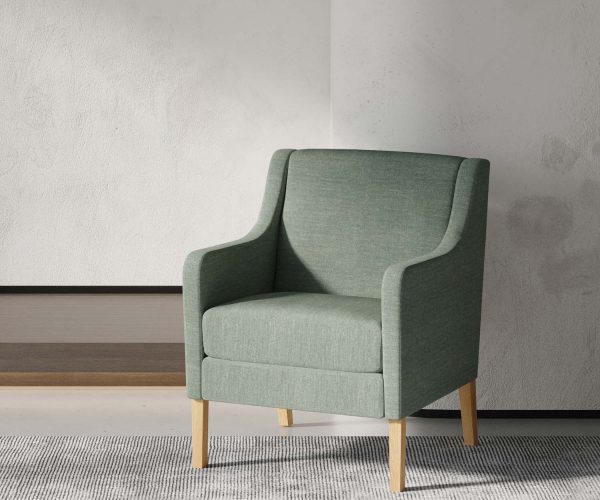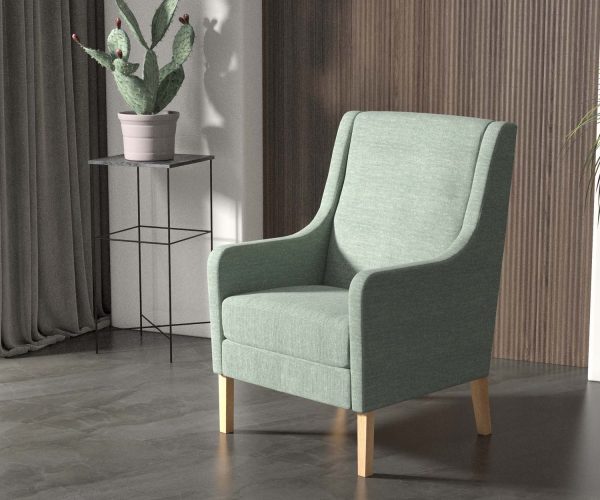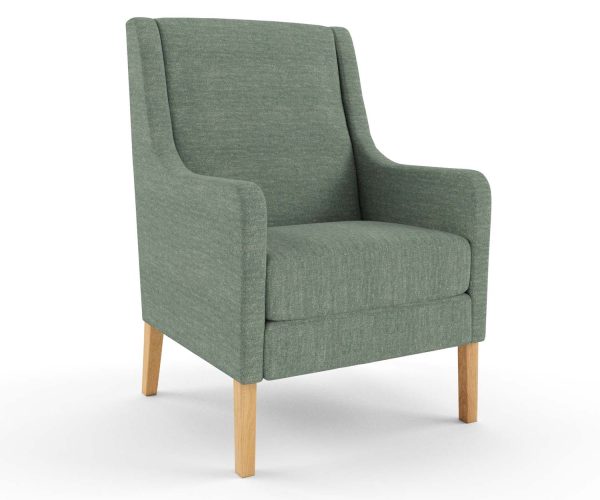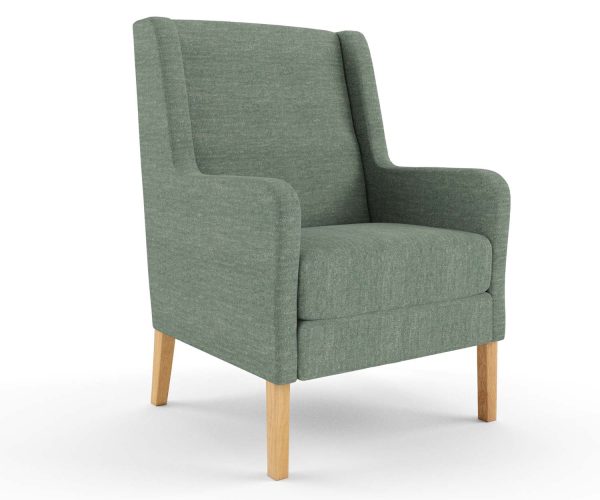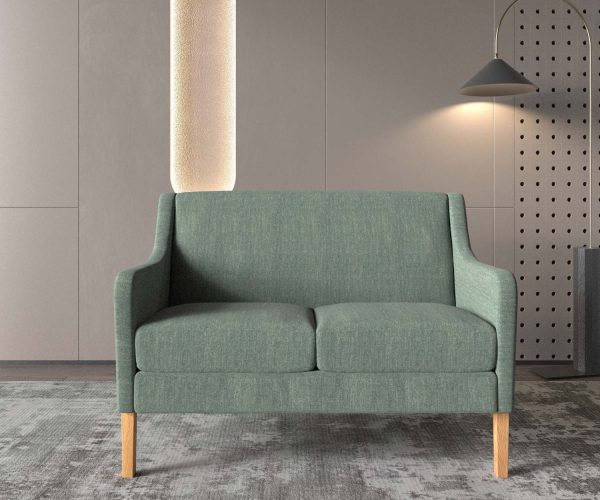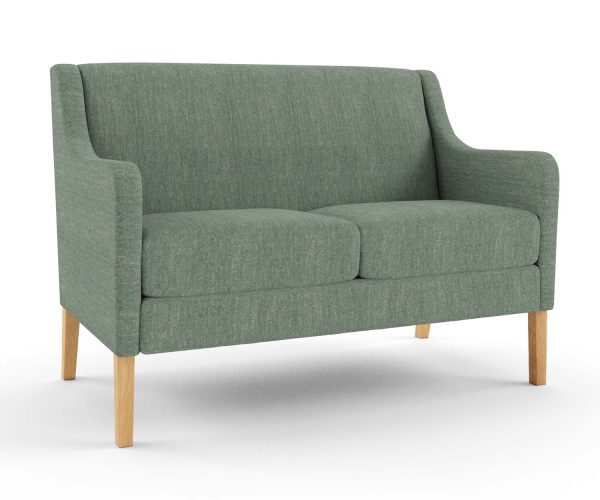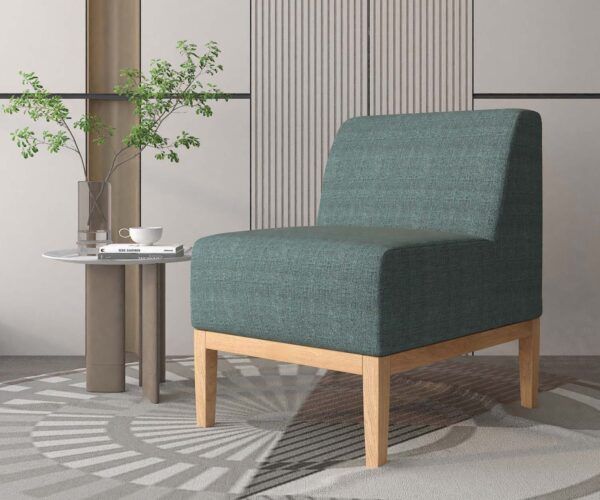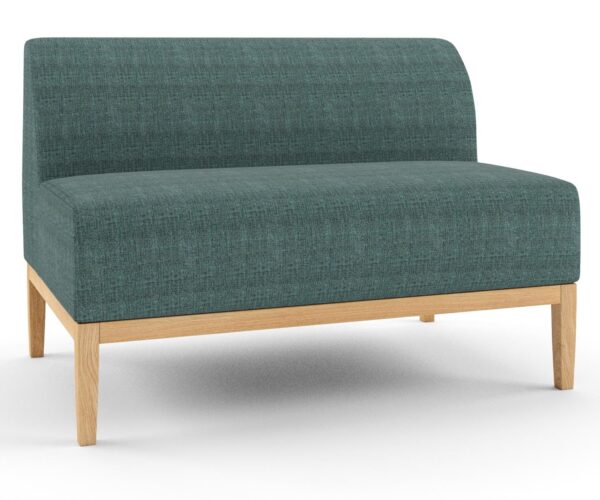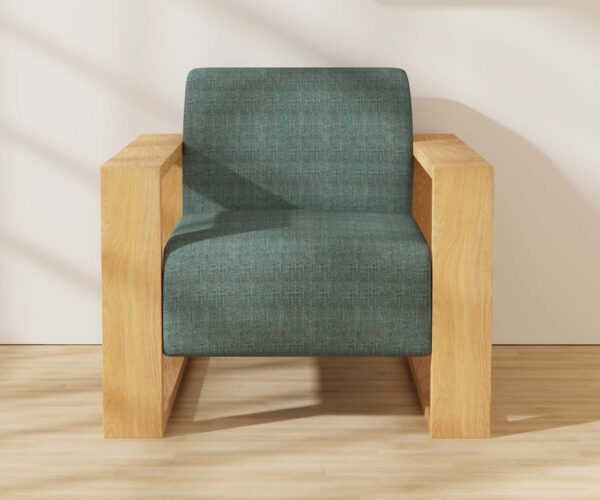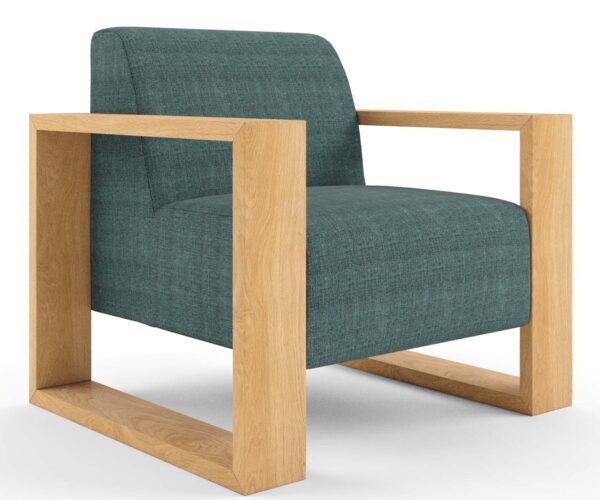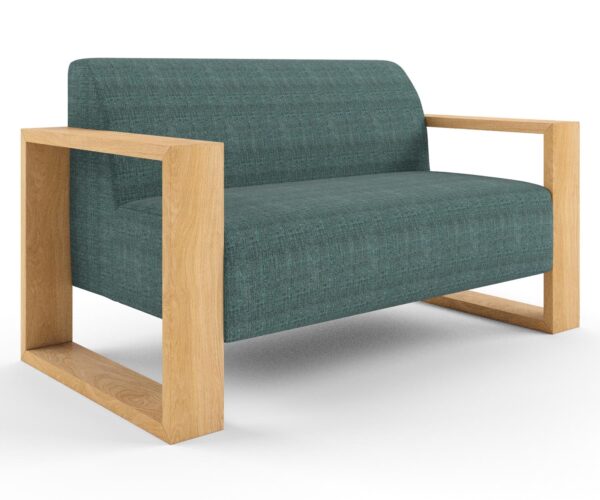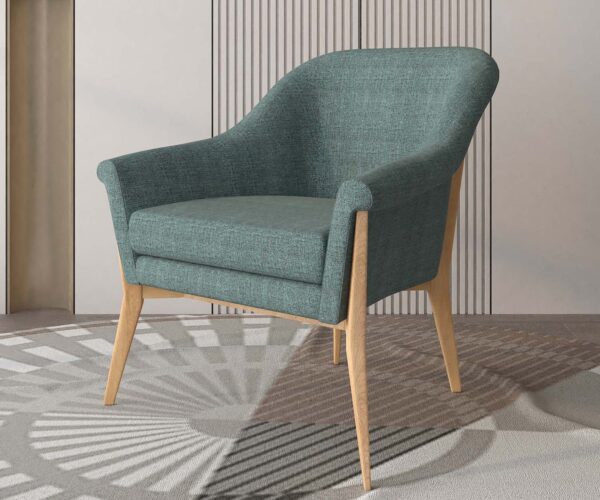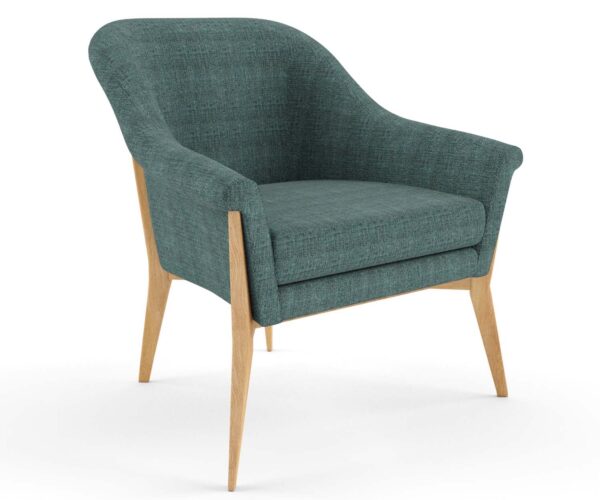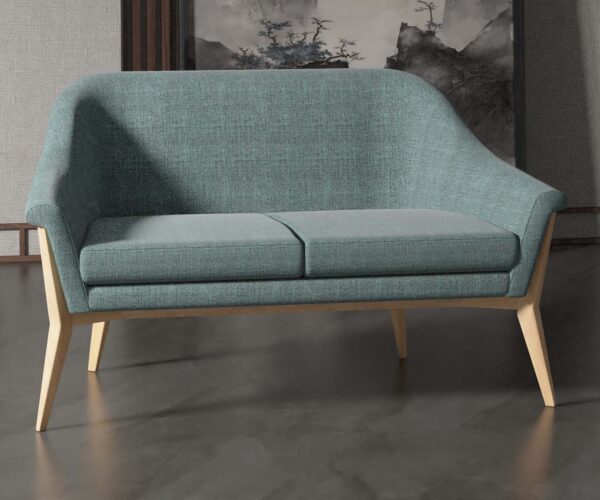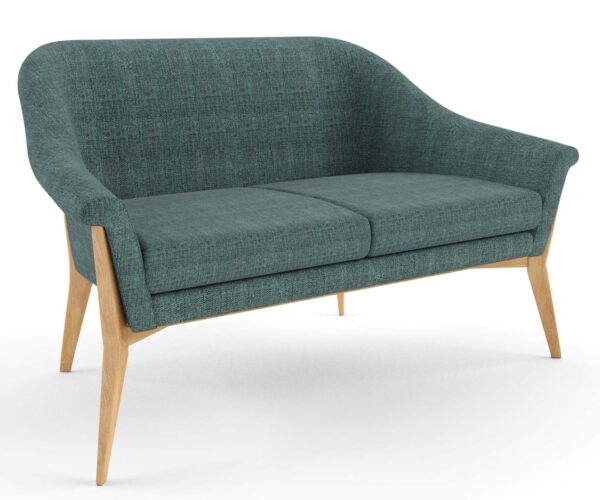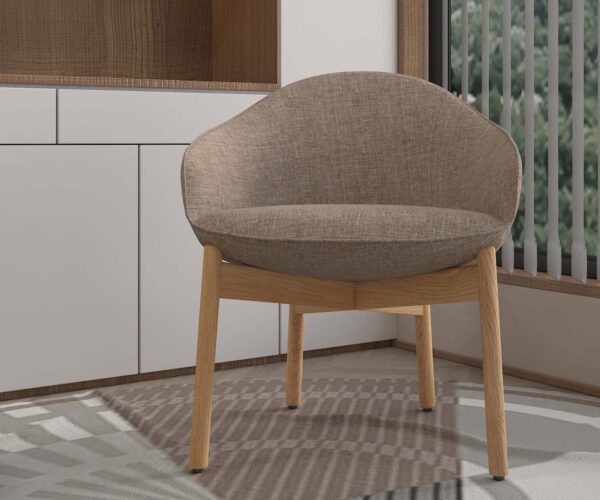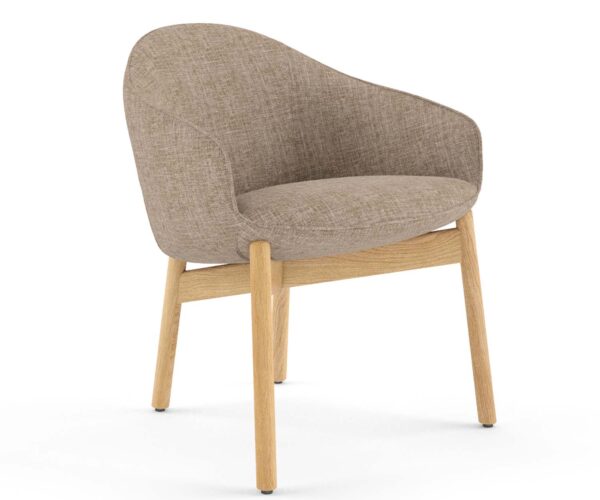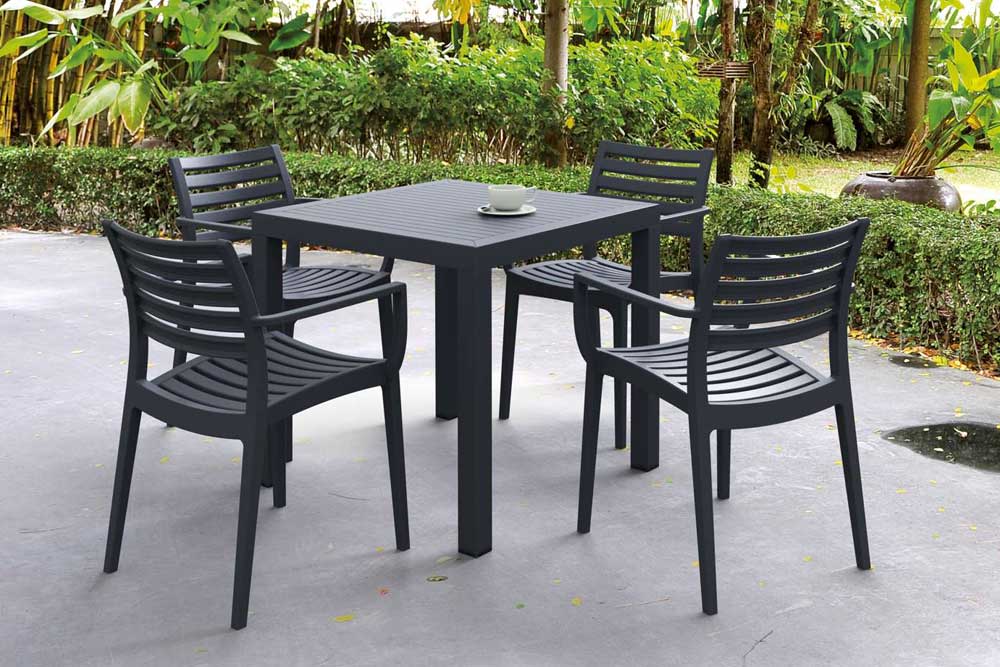Furniture Delivery Best Practices: 5 Ways to Minimise Disruption and Ensure Aged Care Resident Safety

Imagine a typical day in an aged care facility: residents enjoying their activities, staff managing their routines, and the facility running smoothly.
Now, picture a furniture delivery disrupting this harmony. From noise to unexpected obstacles, the process can feel like a whirlwind. But with the right strategies in place, you can turn this challenge into a seamless experience.
In this guide, we’ll explore how to navigate the complexities of furniture delivery with finesse, ensuring minimal disruption and maximum safety for your residents. Ready to transform your delivery process into a well-oiled operation? Let’s dive in!
1. Plan Deliveries During Off-Peak Hours
One of the most effective ways to minimise disruption is to schedule deliveries during off-peak hours. Early mornings or late afternoons are often quieter times in aged care facilities, making them ideal for receiving and installing new furniture.
- Coordinate with Facility Schedules: Understand the daily routines of your facility. Avoid scheduling deliveries during meal times, medication rounds, or when residents are likely to be engaged in activities.
- Minimise Noise and Movement: Deliveries can be noisy and disruptive. Choosing off-peak hours reduces the likelihood of disturbing residents, especially those who may be resting.
- Coordinate with Maintenance Schedules: Ensure that deliveries do not coincide with scheduled maintenance or repairs. This helps avoid conflicts and ensures that all necessary services can be completed without delay.
- Avoid Peak Staff Hours: Plan deliveries during times when staff are less likely to be engaged in peak duties, such as shift changes or busy administrative periods, to prevent overwhelming the team and to ensure they can assist with the delivery process effectively.
- Consider Resident Activities: Schedule deliveries around planned resident activities or events, such as social gatherings or exercise classes. This helps avoid interruptions to these activities and ensures that residents can continue their routines with minimal disruption.
2. Communicate Clearly with All Stakeholders
Clear communication is crucial to ensure that everyone involved in the delivery process is on the same page. This includes the delivery team, facility staff, and, when appropriate, the residents themselves.
- Advance Notice: Provide advance notice to all relevant parties about the delivery date and time. This allows staff to make any necessary preparations and inform residents in advance.
- Resident Communication: In cases where deliveries might impact residents directly, such as in their rooms or common areas, ensure that they are informed beforehand. This can help reduce anxiety and prepare them for the temporary disruption.
- Regular Updates: Keep the lines of communication open with the delivery team, especially if there are any changes to the schedule. Regular updates help to prevent misunderstandings and ensure a smooth process.
- Establish a Point of Contact: Designate a specific person within the facility as the primary point of contact for the delivery team. This ensures that any issues or questions can be quickly addressed and that communication remains streamlined.
- Document Instructions and Agreements: Keep a written record of all instructions and agreements related to the delivery, including any special requirements or changes. This documentation helps to ensure that everyone is aligned and can be referenced if discrepancies arise during the delivery process.
3. Prepare the Delivery Site in Advance
Preparing the site in advance is essential to ensure that the delivery process is efficient and safe. This involves clearing the area, ensuring easy access, and having the necessary tools and personnel on hand.
- Clear Pathways: Ensure that hallways and doorways are clear of obstacles. This not only makes the delivery process quicker but also reduces the risk of accidents.
- Access Points: Identify the best access points for the delivery team. If the furniture is large or bulky, consider whether lifts or ramps are available and functional.
- On-Site Assistance: Have facility staff available to assist with the delivery if necessary. Their familiarity with the layout can help the delivery team navigate the facility more efficiently.
- Verify Furniture Specifications: Check that the dimensions and specifications of the furniture match the intended delivery and installation areas. This helps prevent issues such as furniture not fitting through doorways or in designated spaces.
- Plan for Storage: If the delivery includes multiple items or large quantities of furniture, identify a temporary storage area where items can be placed until they are needed. This ensures that the installation process can proceed without delays caused by clutter or space constraints.
4. Prioritise Resident Safety Throughout the Process
Resident safety should be at the forefront of any delivery operation. The movement of large items can pose risks, especially in a setting where many residents may have mobility issues.
- Temporary Barriers: Use temporary barriers or signage to redirect residents away from delivery areas. This helps to prevent accidents and keeps residents out of potentially hazardous zones.
- Supervision: Ensure that staff are present to supervise residents during deliveries, particularly in common areas. Their presence can provide reassurance and quickly address any safety concerns.
- Safety Protocols: Adhere to strict safety protocols during the delivery process. This includes the proper handling of furniture, the use of appropriate moving equipment, and ensuring that all pathways are kept clear.
- Emergency Procedures: Ensure that delivery staff are briefed on emergency procedures specific to the facility. This includes knowing the locations of emergency exits and understanding how to respond if an incident occurs during the delivery.
- Secure Temporary Furniture: If temporary furniture or equipment is used during the delivery, make sure it is securely placed and does not pose a hazard to residents. This includes ensuring that any temporary items are stable and positioned safely away from high-traffic areas.
5. Conduct a Post-Delivery Inspection
After the delivery is complete, it’s important to conduct a thorough inspection to ensure that everything has been installed correctly and that the area is safe for residents to return.
- Furniture Placement: Check that all furniture has been placed correctly and securely. Verify that items are stable and that there are no hazards, such as sharp edges or tripping risks.
- Resident Feedback: If residents were directly impacted by the delivery, gather their feedback. This can help you understand how the process affected them and what could be improved for future deliveries.
- Final Clean-Up: Ensure that any packaging materials or debris have been removed from the area. A clean environment is essential for resident safety and comfort.
- Check Functionality and Adjustments: Verify that all furniture is functioning as intended and make any necessary adjustments. For instance, check that adjustable features work properly and that all components, such as drawers or recliners, operate smoothly.
- Document and Address Issues: Document any issues or damages noted during the inspection and address them promptly. This includes reporting problems to the supplier for repair or replacement, ensuring that all concerns are resolved quickly to maintain the quality and safety of the furniture.
Furniture delivery in aged care facilities requires a careful balance between efficiency and consideration for residents’ well-being. By planning deliveries during off-peak hours, communicating clearly with all stakeholders, preparing the site in advance, prioritising safety, and conducting thorough post-delivery inspections, you can minimise disruption and ensure a safe, smooth process. These best practices not only protect residents but also contribute to the overall success of your facility’s operations.
Australian Made Aged Care Furniture
More News
Furniture Delivery Best Practices: 5 Ways to Minimise Disruption and Ensure Aged Care Resident Safety

Imagine a typical day in an aged care facility: residents enjoying their activities, staff managing their routines, and the facility running smoothly.
Now, picture a furniture delivery disrupting this harmony. From noise to unexpected obstacles, the process can feel like a whirlwind. But with the right strategies in place, you can turn this challenge into a seamless experience.
In this guide, we’ll explore how to navigate the complexities of furniture delivery with finesse, ensuring minimal disruption and maximum safety for your residents. Ready to transform your delivery process into a well-oiled operation? Let’s dive in!
1. Plan Deliveries During Off-Peak Hours
One of the most effective ways to minimise disruption is to schedule deliveries during off-peak hours. Early mornings or late afternoons are often quieter times in aged care facilities, making them ideal for receiving and installing new furniture.
- Coordinate with Facility Schedules: Understand the daily routines of your facility. Avoid scheduling deliveries during meal times, medication rounds, or when residents are likely to be engaged in activities.
- Minimise Noise and Movement: Deliveries can be noisy and disruptive. Choosing off-peak hours reduces the likelihood of disturbing residents, especially those who may be resting.
- Coordinate with Maintenance Schedules: Ensure that deliveries do not coincide with scheduled maintenance or repairs. This helps avoid conflicts and ensures that all necessary services can be completed without delay.
- Avoid Peak Staff Hours: Plan deliveries during times when staff are less likely to be engaged in peak duties, such as shift changes or busy administrative periods, to prevent overwhelming the team and to ensure they can assist with the delivery process effectively.
- Consider Resident Activities: Schedule deliveries around planned resident activities or events, such as social gatherings or exercise classes. This helps avoid interruptions to these activities and ensures that residents can continue their routines with minimal disruption.
2. Communicate Clearly with All Stakeholders
Clear communication is crucial to ensure that everyone involved in the delivery process is on the same page. This includes the delivery team, facility staff, and, when appropriate, the residents themselves.
- Advance Notice: Provide advance notice to all relevant parties about the delivery date and time. This allows staff to make any necessary preparations and inform residents in advance.
- Resident Communication: In cases where deliveries might impact residents directly, such as in their rooms or common areas, ensure that they are informed beforehand. This can help reduce anxiety and prepare them for the temporary disruption.
- Regular Updates: Keep the lines of communication open with the delivery team, especially if there are any changes to the schedule. Regular updates help to prevent misunderstandings and ensure a smooth process.
- Establish a Point of Contact: Designate a specific person within the facility as the primary point of contact for the delivery team. This ensures that any issues or questions can be quickly addressed and that communication remains streamlined.
- Document Instructions and Agreements: Keep a written record of all instructions and agreements related to the delivery, including any special requirements or changes. This documentation helps to ensure that everyone is aligned and can be referenced if discrepancies arise during the delivery process.
3. Prepare the Delivery Site in Advance
Preparing the site in advance is essential to ensure that the delivery process is efficient and safe. This involves clearing the area, ensuring easy access, and having the necessary tools and personnel on hand.
- Clear Pathways: Ensure that hallways and doorways are clear of obstacles. This not only makes the delivery process quicker but also reduces the risk of accidents.
- Access Points: Identify the best access points for the delivery team. If the furniture is large or bulky, consider whether lifts or ramps are available and functional.
- On-Site Assistance: Have facility staff available to assist with the delivery if necessary. Their familiarity with the layout can help the delivery team navigate the facility more efficiently.
- Verify Furniture Specifications: Check that the dimensions and specifications of the furniture match the intended delivery and installation areas. This helps prevent issues such as furniture not fitting through doorways or in designated spaces.
- Plan for Storage: If the delivery includes multiple items or large quantities of furniture, identify a temporary storage area where items can be placed until they are needed. This ensures that the installation process can proceed without delays caused by clutter or space constraints.
4. Prioritise Resident Safety Throughout the Process
Resident safety should be at the forefront of any delivery operation. The movement of large items can pose risks, especially in a setting where many residents may have mobility issues.
- Temporary Barriers: Use temporary barriers or signage to redirect residents away from delivery areas. This helps to prevent accidents and keeps residents out of potentially hazardous zones.
- Supervision: Ensure that staff are present to supervise residents during deliveries, particularly in common areas. Their presence can provide reassurance and quickly address any safety concerns.
- Safety Protocols: Adhere to strict safety protocols during the delivery process. This includes the proper handling of furniture, the use of appropriate moving equipment, and ensuring that all pathways are kept clear.
- Emergency Procedures: Ensure that delivery staff are briefed on emergency procedures specific to the facility. This includes knowing the locations of emergency exits and understanding how to respond if an incident occurs during the delivery.
- Secure Temporary Furniture: If temporary furniture or equipment is used during the delivery, make sure it is securely placed and does not pose a hazard to residents. This includes ensuring that any temporary items are stable and positioned safely away from high-traffic areas.
5. Conduct a Post-Delivery Inspection
After the delivery is complete, it’s important to conduct a thorough inspection to ensure that everything has been installed correctly and that the area is safe for residents to return.
- Furniture Placement: Check that all furniture has been placed correctly and securely. Verify that items are stable and that there are no hazards, such as sharp edges or tripping risks.
- Resident Feedback: If residents were directly impacted by the delivery, gather their feedback. This can help you understand how the process affected them and what could be improved for future deliveries.
- Final Clean-Up: Ensure that any packaging materials or debris have been removed from the area. A clean environment is essential for resident safety and comfort.
- Check Functionality and Adjustments: Verify that all furniture is functioning as intended and make any necessary adjustments. For instance, check that adjustable features work properly and that all components, such as drawers or recliners, operate smoothly.
- Document and Address Issues: Document any issues or damages noted during the inspection and address them promptly. This includes reporting problems to the supplier for repair or replacement, ensuring that all concerns are resolved quickly to maintain the quality and safety of the furniture.
Furniture delivery in aged care facilities requires a careful balance between efficiency and consideration for residents’ well-being. By planning deliveries during off-peak hours, communicating clearly with all stakeholders, preparing the site in advance, prioritising safety, and conducting thorough post-delivery inspections, you can minimise disruption and ensure a safe, smooth process. These best practices not only protect residents but also contribute to the overall success of your facility’s operations.
Australian Made Aged Care Furniture
Commercial furniture by room
Based in Brisbane, we’re an Australian manufacturer of aged care furniture, retirement living furniture, hospital & healthcare furniture, hotel & accommodation furniture and student accommodation furniture. We also supply a range of commercial office furniture.
Discover the FHG Look Book: Your Source of Inspiration for Quality Australian-Made Commercial Furniture
- Quality Craftsmanship: See why we’ve been a trusted partner for over 25 years.
- Local Excellence: Learn how our Brisbane team ensures the highest standards.
- Inspiration and Ideas: Find innovative furniture solutions for any environment.
Don’t miss the opportunity to transform your commercial space with FHG’s expertly crafted furniture. Download the FHG Look Book today and start your journey towards exceptional design and quality.

